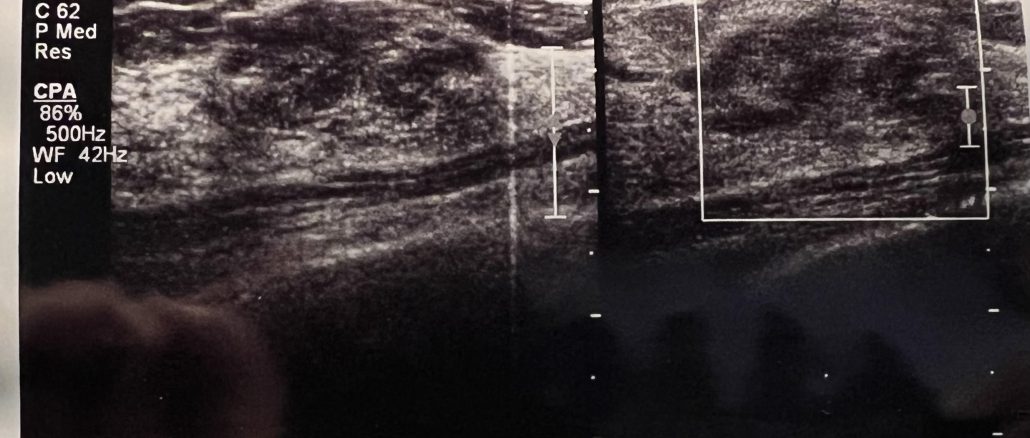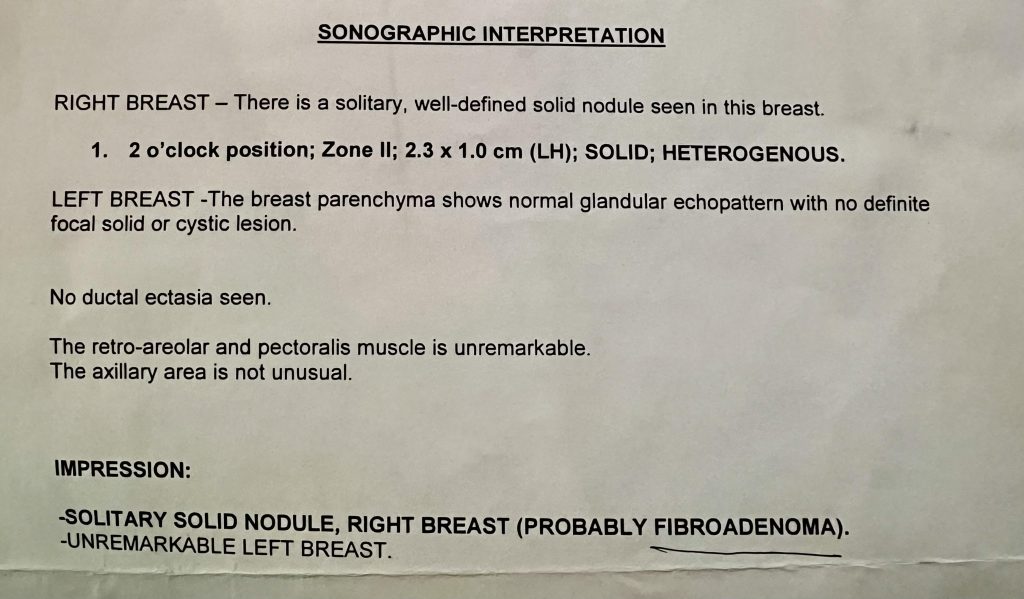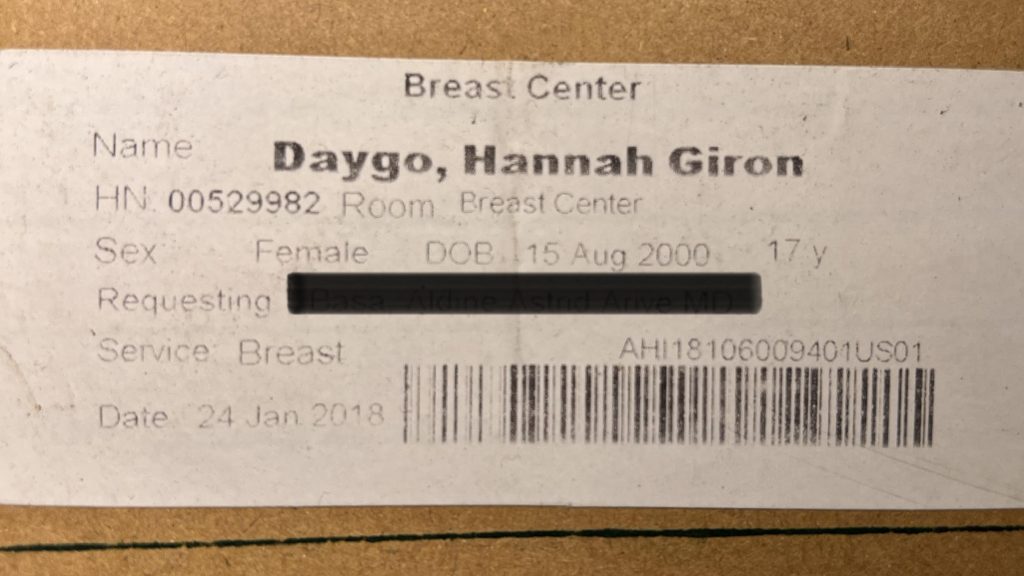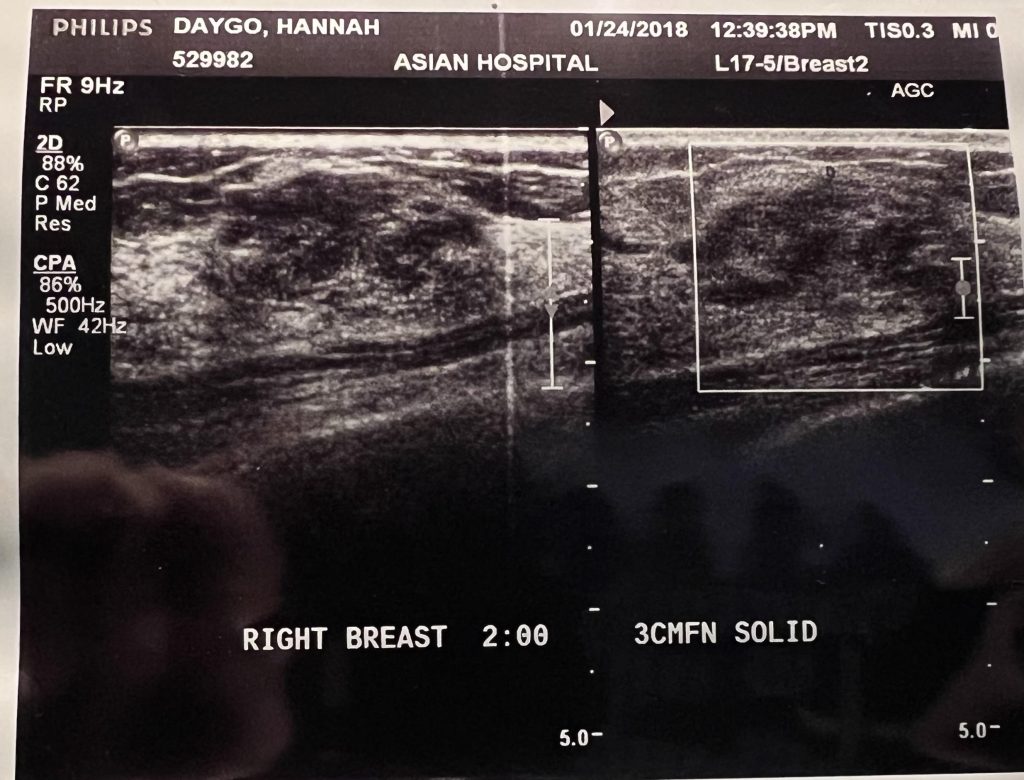
In celebration of International Women’s Month, I am sharing my Fibroadenoma story from ignoring my symptoms to breast awareness — here’s why it’s important to listen to your body…
I started with the left breast, nothing. Then when I got to my right breast, on one side — I felt something. It took me days to confirm that it’s really there. It felt like a bead, it didn’t move around, but I definitely felt it.
I was 16. I heard my classmates talk about how to check if they had lumps in their breasts. When all the girls are present to listen, you can be sure that there is a juicy girl-talk. And so, I had my ears open.
That classmate, she had her lumps removed before. She then showed us how to check if we have one: “Just raise your left arm and use your right hand to check your breasts, like tapping your breasts in circles,” she said. She advised that it is best to check your breasts before you sleep.
I was reluctant to inform my grandmother when I discovered I had a lump. Money and the fact that our family didn’t encourage open discussion about body awareness were two of my concerns. This was because when I was 13 when I found out I had an armpit lump. I remember my grandmother telling me it was just my “hormones” and it would disappear by itself and there’s no need for it to be checked.
But of course, I insisted and we had to pay for it. When we got to the hospital, the doctor said it was just “hormones” too. The doctor then advised me to stop using roll-on deodorants and said it was “nothing” to worry about. A few weeks later, they were right. It disappeared. So, my grandmother wasn’t happy as we spent money for nothing. Since then, I believed that anyone older than me knows me better than — me. So when I found out I had a lump on my boob at 16, I was hesitant to tell them about it.
I heard different opinions
For some reason, I kept hearing the words “that’s the side effect of radiation,” “you’re just overreacting,” or “it’s just your period.” I was gaslighted. Moreover, they also blamed my excessive use of my phone and said it was my fault. But I was absolutely sure radiation exposure wasn’t the cause. Then, the small lump started to hurt. I immediately told a few of my relatives about it.
I began making hospital visits in 2017. I had biopsies at various clinics located in our city in the Philippines. Our local doctors confirmed that it was indeed — a lump. With printed evidence. Unfortunately, my first opinion wasn’t the one I expected, they thought that it would go away on its own and suggested that I take paracetamol when it hurts.
From a little bead and it grew like a pea. According to my breast screening test, it measured around two centimetres. Besides this, the pain got worse. Nobody in the house had any experience with it. Thus, by the time my doctors recommended surgery, I became aware that this was a serious situation.

Fibroade-NOMORE
January 2018, along with my mother, we made the five-hour trip from Ilocos to Manila for my scheduled surgery. To confirm the lump, doctors performed one final examination of everything. The doctors identified it as “fibroadenoma,” even stating that having breast lumps were common for my age.

According to Michelle Lee and Hooman T. Soltanian’s clinical case reports, fibroadenomas are one of the “most common benign tumours of the breast in women” under the age of 30. So, to debunk any fake news, it wasn’t a side effect of radiation exposure or cell phone use. But somehow it does have something to do with my hormones.
I was fortunate to learn that it wasn’t cancerous or malignant. Even though it was a benign mass, they advised getting it removed because it may potentially grow. According to clinical reports by Tsu-Yin Wu and Joohyun Lee, breast cancer is the most common form of cancer in the Philippines. Hence, even if it was benign, I had a surgery. Out of fear that it would turn cancerous.
My operation took about an hour to complete. Since then, I believe that it is essential for women to be aware of their bodies. Especially, when it comes to breast cancer awareness.

At this point, you might be wondering, why did I decide to share my experience five years later? In all honesty, it’s because no one told me how to check my breasts when I was younger and if it wasn’t because of a simple girl talk when I was 16, that lump could’ve been still here.
So, in celebration of the International Women’s Month, talk to your friends, open up the conversation of being breast aware. Talk about getting breast screening tests. Also, do your job to pay attention to what your body is telling you. If someone tells you there’s “nothing to worry about” with your body. Talk to doctors. Get the second, third, or even fourth opinion. It’s great to be aware of your own body. So, maybe—just maybe—after reading this, other ladies will start a girl-talk and get their breasts checked.
Hannah Giron Daygo
